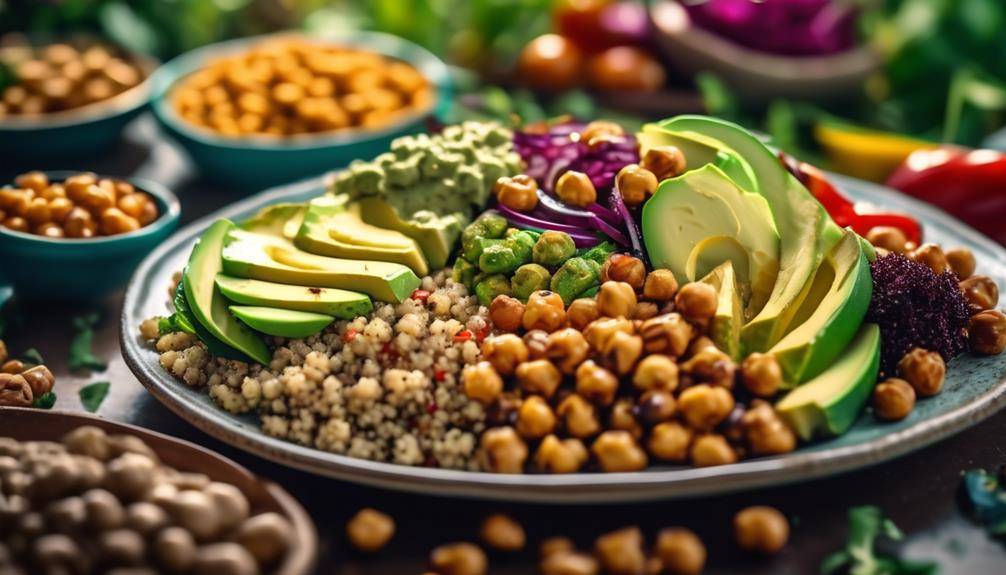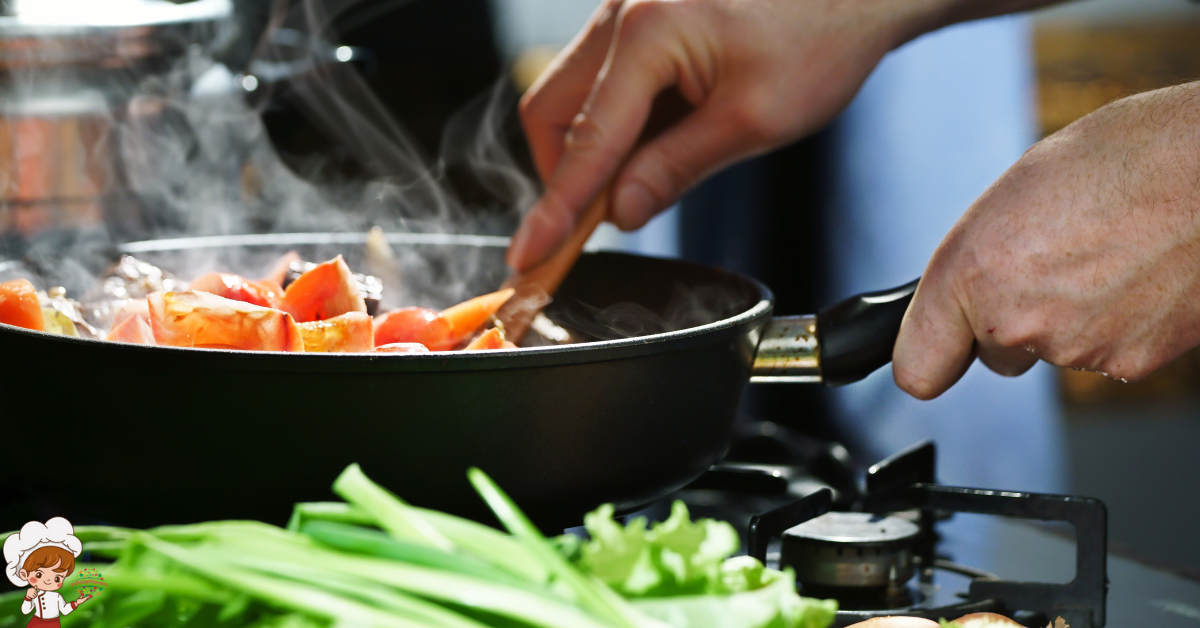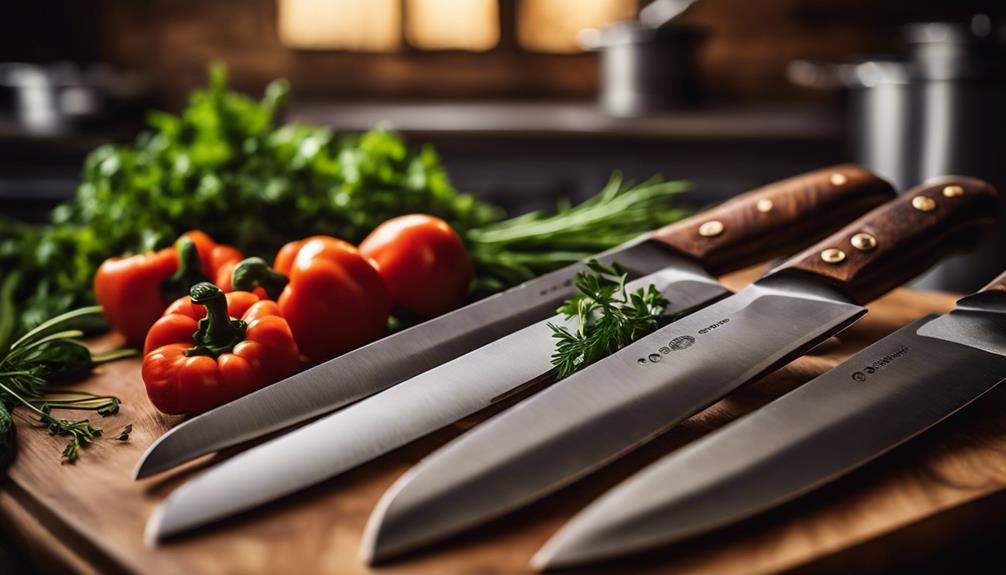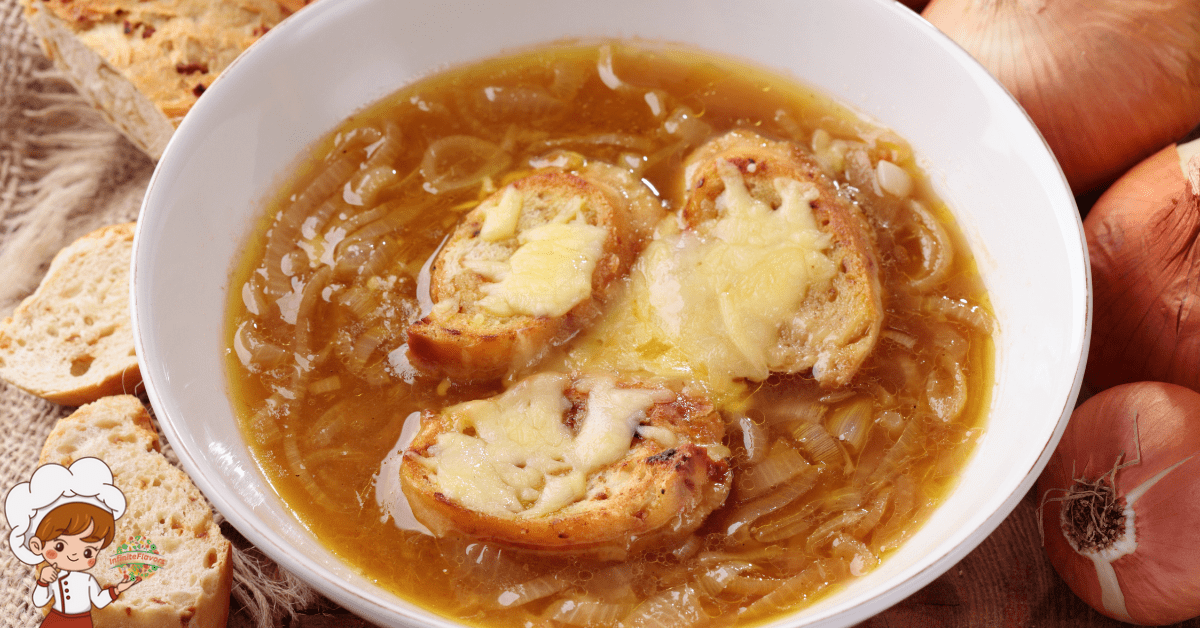Eating Out on a Gluten-Free Diet
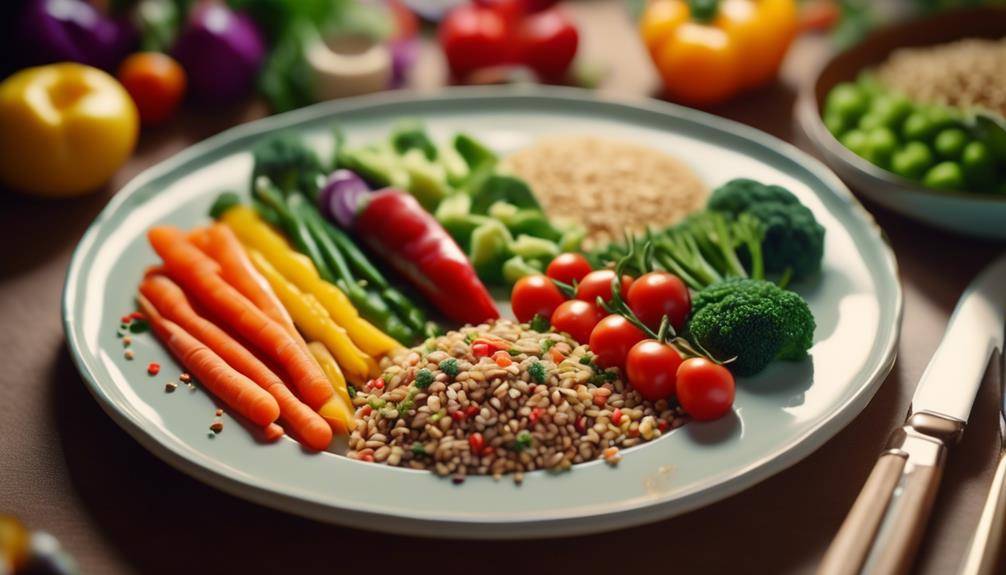
Eating Out on a Gluten-Free Diet; Are you tired of feeling limited when it comes to dining out because of your gluten-free diet? You may be hesitant to eat out, fearing that there won’t be any suitable options for you. However, with a little knowledge and preparation, dining out on a gluten-free diet can be an enjoyable experience. In this discussion, we will explore some practical tips and strategies that will help you navigate menus, communicate with restaurant staff, and make informed choices to ensure a safe and delicious dining experience. So, whether you’re a seasoned gluten-free diner or just starting out, get ready to discover how to dine out with confidence and satisfaction.
Understanding Gluten-Free Requirements
To successfully navigate a gluten-free diet while eating out, it is crucial to have a clear understanding of the specific requirements and restrictions associated with gluten intolerance or celiac disease. This will help you make informed choices and ensure that the food you consume is safe and free from gluten. One way to identify gluten-free options is to look for establishments that have a gluten-free certification. These certifications are awarded to restaurants that meet specific standards and guidelines for preparing gluten-free meals. By choosing a certified restaurant, you can have peace of mind knowing that they have the knowledge and expertise to provide safe gluten-free options.
In addition to choosing certified establishments, it is also important to understand gluten-free cooking techniques. Chefs and cooks who are experienced in gluten-free cooking will know how to avoid cross-contamination and use alternative ingredients to create delicious gluten-free meals. They will be aware of ingredients that may contain hidden sources of gluten and take necessary precautions to prevent any accidental gluten exposure.
When dining out, don’t hesitate to ask questions and communicate your dietary needs to the staff. It is always advisable to inform the restaurant beforehand about your gluten intolerance or celiac disease. This will allow them to make necessary accommodations and ensure that your meal is prepared safely. Furthermore, don’t be afraid to inquire about specific ingredients or cooking methods. A knowledgeable staff will be able to provide you with accurate information and help you make the right choices.
Researching Gluten-Free-Friendly Restaurants
When researching gluten-free-friendly restaurants, it is important to gather information about their menu options, preparation practices, and customer reviews. This will help you make an informed decision and ensure that you have a safe and enjoyable dining experience. Start by searching online for restaurants in your area that offer gluten-free options. Many websites and apps provide comprehensive lists and reviews of gluten-free-friendly establishments. Look for specific keywords such as “gluten-free,” “celiac-friendly,” or “gluten-friendly” to narrow down your options.
Once you have identified a few potential restaurants, take a closer look at their menu options. Look for dishes that are naturally gluten-free or can be easily modified to meet your dietary needs. Pay attention to how the restaurant prepares and handles gluten-free dishes. Do they have a separate area or dedicated kitchen space to avoid cross-contamination? Are the staff trained in gluten-free food handling practices? These are important factors to consider to ensure that your food is safe to eat.
In addition to menu options and preparation practices, it is also helpful to read customer reviews. Look for reviews from people with gluten sensitivities or celiac disease to get an idea of their experiences. Did they feel confident in the restaurant’s gluten-free options? Were they satisfied with the taste and quality of the food? Reading these reviews can give you valuable insights into the restaurant’s commitment to providing safe and delicious gluten-free meals.
Communicating With Restaurant Staff
When dining out on a gluten-free diet, it is crucial to clearly communicate your dietary restrictions to the restaurant staff. Let them know that you cannot consume any gluten-containing ingredients and ask if they have any gluten-free options available. Additionally, it is important to inquire about the risk of cross-contamination in the kitchen to ensure that your meal is prepared safely.
Clear Dietary Restrictions
If you have clear dietary restrictions, it is important to effectively communicate them with restaurant staff to ensure a safe and satisfying dining experience. When it comes to gluten-free meal planning, it is crucial to inform the staff about your specific needs. Gluten can be found in various unexpected sources, so it is essential to emphasize the importance of avoiding any hidden sources of gluten. Clearly explain that you cannot consume any foods or ingredients that contain gluten, such as wheat, barley, and rye.
Additionally, mention cross-contamination concerns, as even a small amount of gluten can have severe consequences for individuals with gluten sensitivities or celiac disease. By clearly communicating your dietary restrictions, you can have peace of mind knowing that the restaurant staff will take the necessary precautions to provide you with a safe and enjoyable dining experience.
Ask About Cross-Contamination
To effectively communicate your concerns about cross-contamination with restaurant staff, it is important to be clear and assertive about your dietary restrictions. Cross-contamination occurs when gluten comes into contact with gluten-free foods, making them unsafe for individuals with celiac disease or gluten sensitivity. When dining out, ask the restaurant staff about their cross-contamination prevention practices. Inquire about separate preparation areas, dedicated utensils, and the use of clean gloves.
Additionally, you can ask if the restaurant has any gluten-free certifications or if they have received training on gluten-free cooking. This shows that you are knowledgeable about your dietary needs and helps ensure that the restaurant staff takes your concerns seriously. By being proactive and assertive, you can enjoy a safe and gluten-free dining experience.
Request Gluten-Free Options
When communicating with restaurant staff, it is important to clearly and confidently request gluten-free options. Gluten-free dining etiquette is crucial to ensure a safe and enjoyable experience. Start by informing the staff about your dietary needs and ask if they have a separate gluten-free menu or options. Be specific about your restrictions and ask about ingredients or cooking methods that may involve gluten. It is also helpful to inquire about cross-contamination prevention practices in the kitchen.
Remember to be polite and understanding, as restaurant staff may not be familiar with gluten-free cuisine. Exploring gluten-free cuisine can be exciting, so don’t be afraid to ask for recommendations or modifications to existing dishes. By communicating effectively, you can enjoy a delicious and worry-free meal while dining out on a gluten-free diet.
Navigating Menus for Gluten-Free Options
To easily find gluten-free options on a menu, look for specifically labeled items or ask your server for assistance. Navigating menus can be overwhelming when you’re following a gluten-free diet, but with a few tips, you can make dining out a stress-free experience. Here’s how to navigate menus for gluten-free options:
- Look for gluten-free labels or symbols: Many restaurants now mark gluten-free items on their menus to make it easier for customers with dietary restrictions. Keep an eye out for labels such as “GF” or a symbol indicating gluten-free options. These items have been specifically prepared to be free of gluten, giving you peace of mind.
- Ask your server for recommendations: If you don’t see any labeled gluten-free options on the menu, don’t hesitate to ask your server for assistance. They are there to help you have the best dining experience possible. They may be able to suggest gluten-free dishes or offer modifications to existing items. Be sure to communicate your dietary needs clearly to ensure a safe and enjoyable meal.
- Be aware of cross-contamination risks: Even if a menu item is labeled gluten-free, it’s essential to consider potential cross-contamination risks. Ask your server about the restaurant’s practices to prevent cross-contamination in the kitchen. This includes using separate utensils, cookware, and preparation areas. Taking these precautions can help minimize the risk of consuming gluten inadvertently.
Making Informed Choices for Safe Dining
When dining out, it is important to make informed choices to ensure your safety on a gluten-free diet. One way to do this is by being aware of menu labeling laws, which can provide helpful information about allergens and ingredients. Additionally, it is crucial to consider the risk of cross-contamination, as even a small amount of gluten can be harmful. By understanding these points, you can navigate dining out with confidence and enjoy a safe gluten-free meal.
Menu Labeling Laws
Menu labeling laws play a crucial role in ensuring that individuals on a gluten-free diet can make informed choices for safe dining. These laws require restaurants and food establishments to provide detailed information about the ingredients and nutritional content of their menu items. Here are three reasons why menu labeling is beneficial and promotes industry compliance:
- Transparency: Menu labeling provides transparency by allowing individuals to access information about the presence of gluten in different dishes. This enables people with gluten sensitivities or celiac disease to make informed choices and avoid potential health risks.
- Allergen Awareness: By clearly labeling gluten-containing ingredients, menu labeling helps raise awareness about food allergies and sensitivities. This encourages restaurants to accurately disclose the presence of gluten and other allergens, promoting customer safety.
- Promoting Compliance: Menu labeling laws create a level playing field for the entire food industry. By mandating accurate and consistent labeling, these laws encourage restaurants to comply with gluten-free guidelines and ensure customer satisfaction.
Cross-Contamination Risks
With a clear understanding of menu labeling laws and the importance of transparency and allergen awareness, individuals on a gluten-free diet can now navigate the potential cross-contamination risks associated with dining out. Cross-contamination occurs when gluten-free food comes into contact with gluten-containing ingredients or surfaces, leading to the presence of gluten in the supposedly safe meal.
To prevent cross-contamination, it is crucial to communicate your dietary needs to the restaurant staff and ask about their cross-contamination prevention practices. Inquire if separate utensils, cutting boards, and cooking equipment are used for gluten-free meals. Be aware of hidden sources of gluten, such as sauces, dressings, marinades, and seasonings, which may contain gluten or have been contaminated during preparation. By staying informed and making informed choices, you can enjoy a safe and gluten-free dining experience.
Handling Cross-Contamination Concerns
To effectively handle cross-contamination concerns when dining out on a gluten-free diet, it is crucial to communicate your dietary needs clearly to restaurant staff. By doing so, you can help ensure that the necessary precautions are taken to prevent cross contamination and keep your meal safe to consume. Here are some important tips to keep in mind:
- Inform the staff about your dietary restrictions: When making a reservation or upon arrival, let the staff know that you follow a gluten-free diet and explain the importance of avoiding cross contamination. This will help them understand the severity of your condition and take extra care when preparing your meal.
- Ask about cross contamination prevention methods: Inquire about the restaurant’s procedures for preventing cross contamination. Find out if they have a separate area for preparing gluten-free meals or if they use dedicated utensils and cookware. It’s important to know that the kitchen staff is knowledgeable and trained in handling gluten-free requests.
- Be cautious of hidden sources of gluten: Even if a dish seems gluten-free, there may be hidden sources of gluten in the ingredients or during the cooking process. Ask about the specific ingredients used in your meal and if any sauces, marinades, or seasonings contain gluten. Additionally, be aware of the potential for cross contamination in shared fryers or grills.
Enjoying Gluten-Free Desserts and Beverages
When it comes to enjoying gluten-free desserts and beverages, there are plenty of delicious options to satisfy your sweet tooth. Nowadays, gluten-free baking has become more popular, making it easier to find tasty treats that are safe for consumption. Many restaurants and bakeries now offer gluten-free pastries, cakes, and cookies that are just as scrumptious as their gluten-filled counterparts. These desserts are made with alternative flours such as almond flour, coconut flour, or rice flour, which provide a similar texture and flavor to traditional wheat-based desserts.
If you prefer to enjoy a sweet treat at home, you can try your hand at gluten-free baking. There are numerous recipes available online or in gluten-free cookbooks that guide you through the process of making mouthwatering desserts without gluten. From gooey chocolate brownies to fluffy vanilla cupcakes, the possibilities are endless. Just make sure to use gluten-free ingredients and follow the recipe carefully to ensure the best results.
When it comes to beverages, there are also plenty of options for those following a gluten-free diet. Non-alcoholic beverages such as fruit juices, herbal teas, and coffee are generally safe choices. However, it’s important to be cautious when it comes to flavored drinks or mixed beverages, as they may contain hidden sources of gluten. Always check the labels or ask the server about the ingredients to ensure that your drink is gluten-free.
Frequently Asked Questions: Eating Out on a Gluten-Free Diet
Are There Any Gluten-Free Fast Food Options Available?
You can find gluten-free fast food options at many popular chains. These dining options cater to those with gluten sensitivities or celiac disease, ensuring you can still enjoy a quick and convenient meal without worry.
What Are Some Common Gluten-Containing Ingredients to Watch Out for When Dining Out?
When dining out on a gluten-free diet, be aware of common gluten-containing ingredients like wheat, barley, and rye. Also, watch out for hidden sources of gluten in sauces, dressings, and marinades. Stay informed to avoid any accidental consumption.
How Can I Ensure That a Restaurant Understands and Follows Proper Procedures to Avoid Cross-Contamination?
To ensure a restaurant understands and follows proper procedures to avoid cross-contamination, ask about their staff training on gluten-free protocols and if they have a separate area for preparing gluten-free meals. Communication is key in keeping your diet safe.
What Are Some Gluten-Free Alternatives to Popular Dishes Often Found on Restaurant Menus?
When dining out on a gluten-free diet, you have plenty of options. For pizza, try cauliflower crust or gluten-free flatbread. For pasta, opt for rice noodles or zucchini noodles. Enjoy your meal!
Can You Provide Some Tips for Dining Out With a Gluten-Free Diet While Traveling or in Unfamiliar Locations?
When traveling or in unfamiliar places, eating gluten-free can be challenging. Here are some tips for dining out: research gluten-free restaurants in advance, communicate your dietary needs to the staff, and ask questions about ingredients and cross-contamination.
Conclusion
In conclusion, eating out on a gluten-free diet can be a manageable and enjoyable experience with the right knowledge and preparation. By understanding gluten-free requirements, researching gluten-free-friendly restaurants, and effectively communicating with restaurant staff, you can navigate menus and make informed choices for safe dining. It’s important to be mindful of cross-contamination concerns, but with careful planning, you can still indulge in delicious gluten-free desserts and beverages. Remember to always prioritize your health and enjoy your dining experience with peace of mind.



